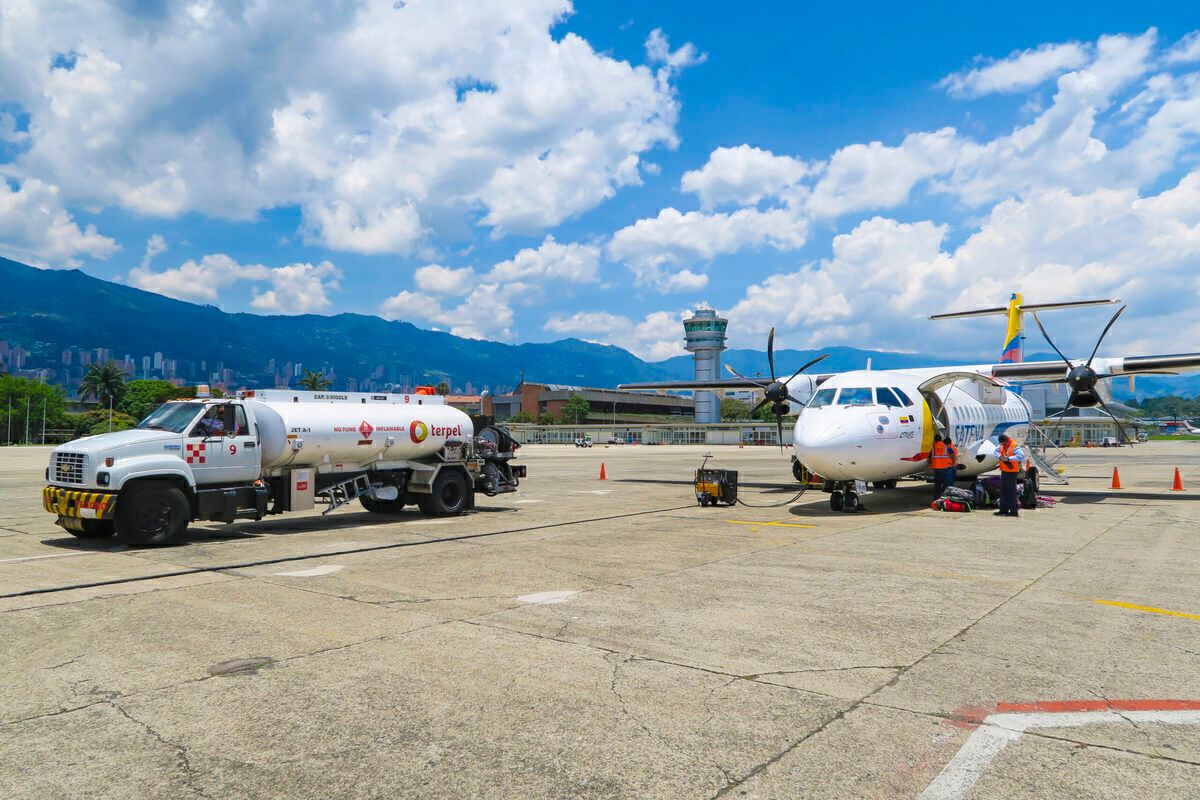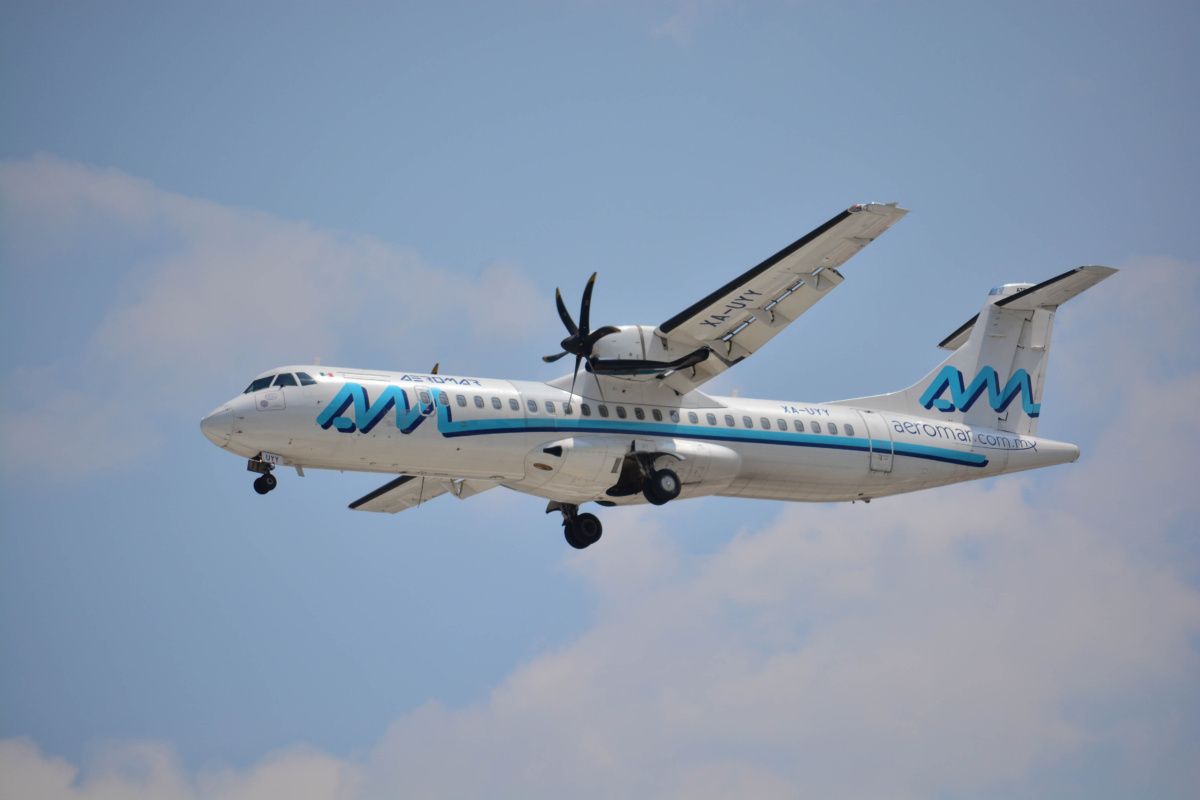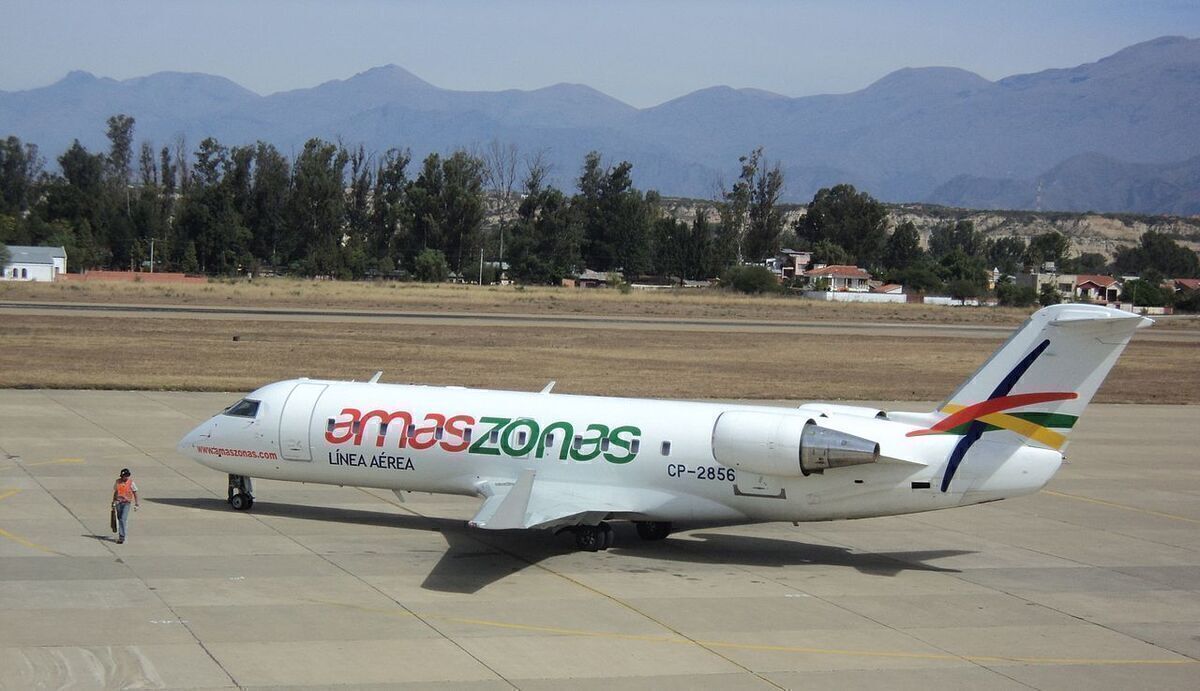We've all heard of the most iconic Latin American airlines like LATAM, Avianca, Aeromexico, and Copa Airlines. But this region has so many more carriers, which are often overlooked because they serve smaller markets. Let’s take a look at some of them from north to south.
Mexican carriers
Mexico has three main airlines: Volaris, Aeroméxico, and Viva Aerobus. Up until last year, there was a fourth, Interjet, but the airline has unofficially ceased operations since December of 2020.
Nevertheless, there are four more airlines in the country, serving domestic destinations and a few international routes to the US.
The most important of this bunch is Aeromar, an ATR-based carrier that last year launched a short living codeshare with Interjet. It is the second oldest airline in Mexico, after Aeromexico, and has three ATR-72 for 48 passengers and seven ATR-72-600 for 68 passengers.
The other three Mexican carriers are:
- Aéreo Calafia. It has a fleet of six airplanes: two Embraer EMB-120 Brasilia and four Embraer ERJ-145, according to Planespotters.net.
- Magnicharters. It has a fleet of ten aircraft, all Boeing 737-300.
- Transportes Aéreos Regionales. It has a fleet of 11 aircraft, all Embraer 135/145.
These last three carriers only operate domestic flights from smaller hubs such as Querétaro.
Central American airlines
In Central America, Copa Airlines and Avianca are the top players. Nevertheless, a few more airlines are operating in the region.
For instance, Volaris has a branch in Costa Rica, which has carried over 1.2 million passengers in its four years of history.
Guatemala has a carrier in Transportes Aéreos Guatemaltecos (TAG). It has a fleet of nine aircraft, including one Embraer 145 and eight Saab 340. According to its website, it has a few international flights to Belize and Honduras.
CM Airlines is a Honduran airline with a fleet of Saab 340 and Embraer EMB 110 Bandeirante aircraft.
In Costa Rica, there is one airline, SANSA, currently related to Avianca. It is a historical carrier that still flies to 15 domestic destinations. Formerly, this country also had Nature Air, a carrier with a really obscure profile, and a fleet of LET L-410 Turbolet and De Havilland DHC 6 Twin Otter aircraft. Nevertheless, Nature Air stopped flying in 2017 after a deadly crash.
Panama also has one other operator besides Copa Airlines. Air Panama started flying in 2005 and has four Fokker F50 aircraft in its fleet.
Air Panama flies to 13 domestic destinations and one international (San José, Costa Rica). It supplies vital national connectivity, since Copa Airlines is more focused on international travel, and only has one domestic route.
Obscure South American airlines
Let’s start with Colombia. We all know Avianca, LATAM, and Viva Air. But Colombia actually has many more airlines like SATENA (the State carrier), EasyFly, and Wingo (a branch of Copa Airlines).
In 2020, SATENA carried 450,000 passengers using its fleet of ten aircraft (seven ATR and three Embraer); EasyFly had over 730,000 passengers and Wingo over 738,000. The latter has six 737, while EasyFly operates with a fleet of 16 ATR planes.
Brazil is well known for having three main airlines (GOL, LATAM, and Azul) but actually had ten passenger carriers in 2020 (some of them are commercial, others charter). According to the Civil Aviation Authority in Brazil, the others are VoePass, MAP, Two, Total, Sideral, Omni, and Asta.
In 2020, Azul bought Two and rebranded it as Azul Conecta; MAP belongs to VoePass, but it is still regarded as an individual carrier by the Brazilian Government; Sideral, Total, and Omni are cargo and charter carriers.
VoePass is the most important of the bunch, having carried 312,949 passengers in 2020. This airline has a close relationship with GOL and ASTA (which operates with a Caravan fleet). VoePass mainly operates out of two cities, Manaus in the north and Ribeirao Preto in the South.
The airline Amaszonas started in Bolivia back in 1999. Over the years, it has increased its presence, launching branches in Paraguay and Uruguay. Nevertheless, the COVID-19 crisis put a halt to this. Amaszonas Uruguay ceased operations in January, according to El Observador.
Finally, just to name a few lesser-known airlines in South America, there is DAP Airline in Chile, Paranair in Paraguay, Aeroregional in Ecuador, Surinam Airways, and many Venezuelan carriers like LASER Airlines, Avior Airlines, and Conviasa.
What are other lesser-known South American airlines worth mentioning? Let us known in the comments.



